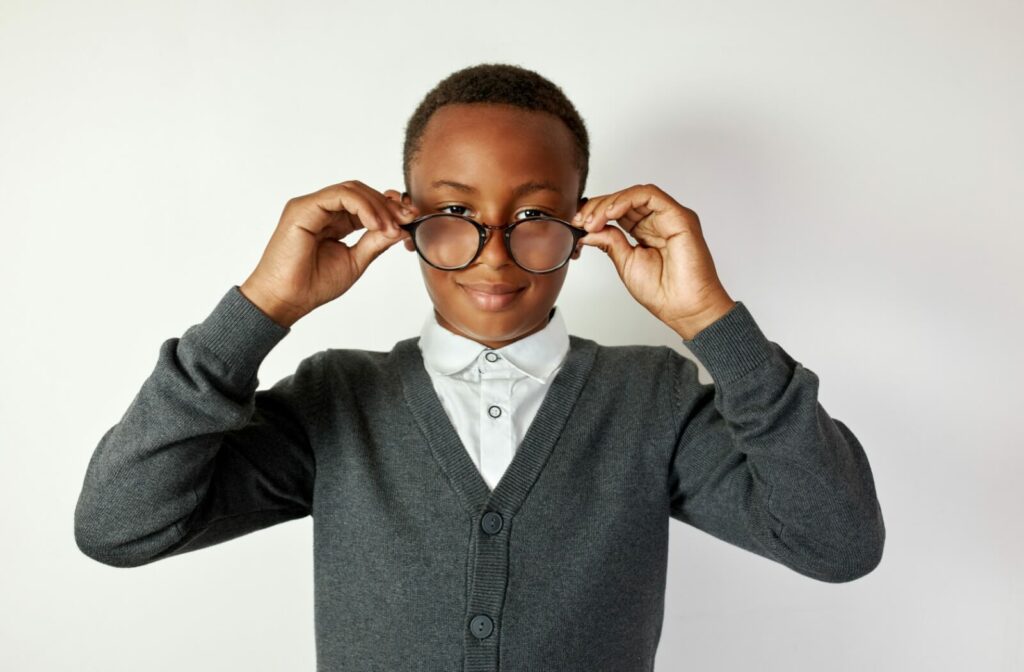Myopia, or nearsightedness, is becoming increasingly common, especially among children. This condition makes distant objects appear blurry while nearby objects remain clear. Fortunately, there are treatments available to help slow its progression.
Myopia control involves specific strategies that reduce how quickly nearsightedness worsens over time, helping to preserve vision and reduce the need for stronger prescriptions. Understanding these options can lead to better long-term eye health if you or your child has been diagnosed with myopia.
Understanding Myopia
Myopia occurs when the shape of the eye causes light to focus incorrectly, making distant objects appear blurry. This typically happens because the eyeball is too long or the cornea is too curved, preventing light from focusing directly on the retina.
For most children, myopia tends to worsen throughout childhood and adolescence, especially as the eye continues to grow. This is why regular eye exams are important throughout your child’s development.
Environmental factors, such as increased screen time and less time spent outdoors, have been linked to the rising prevalence of myopia in children. Genetics also play a role in myopia development. If one or both parents are nearsighted, their child is more likely to develop the condition due to the inheritance of certain genes.
While traditional eyeglasses and contact lenses correct vision, they don’t address the underlying progression of myopia. This is where myopia control comes in.
Signs & Symptoms of Myopia in Children
- Squinting frequently: Squinting helps temporarily improve focus, but it’s also a key sign of vision trouble.
- Sitting too close to screens or books: Children may sit close to TVs or hold devices near their faces to see clearly.
- Complaining of headaches or eye strain: Frequent discomfort may indicate that a child is struggling to focus on distant objects.
- Difficulty seeing the board at school: Poor distance vision can affect a child’s performance in class.
- Rubbing their eyes often: This may signal that a child’s eyes are tired or strained from poor vision.
How Myopia Control Works
Myopia control aims to slow the elongation of the eye, which is the most common cause of nearsightedness. While existing myopia can’t be reversed, myopia control options can slow progression of the condition. This is crucial due to the fact that high (severe) myopia increases the chance of developing eye conditions such as retinal detachment, glaucoma, or cataracts in adulthood.
One of the most effective approaches to myopia control is customized treatment plans tailored to children’s unique needs. These plans typically involve a combination of specialized lenses, eye drops, and lifestyle changes.
Parents should also monitor screen time and encourage children to take frequent breaks during close-up tasks. The 20-20-20 rule—looking at something 20 feet away for 20 seconds every 20 minutes—can help reduce eye strain.
Early intervention is critical, and starting myopia control at a young age provides the best chance of slowing the condition’s progression and empowering parents to take action.
It’s important to remember that myopia control is an ongoing process. Regular follow-up appointments, typically every 6 months, are necessary to adjust treatments as a child’s eyes develop. Partnering with your eye care provider ensures your child’s vision needs are met at every growth stage and that their myopia control plan is continuously optimized.
Why Is Myopia Control Important?

Slowing the progression of myopia isn’t just about avoiding thicker eyeglasses—it’s about giving parents the peace of mind that they are protecting their child’s future vision.
Severe myopia increases the risk of long-term eye problems that could impact quality of life in adulthood. Starting myopia control early can help reduce the likelihood of severe vision-related complications, providing parents with relief.
Additionally, myopia can affect a child’s ability to engage in everyday activities, from reading the whiteboard at school to participating in sports. Myopia control not only allows children to enjoy clearer vision but also helps them develop confidence in academic and social settings, which can be reassuring for parents.
Myopia Control Treatments
Several effective treatments are available to help control the progression of myopia, including:
- Corneal Refractive Therapy (CRT): CRT uses orthokeratology (Ortho-k) lenses that are worn overnight to gently reshape the cornea. This temporary reshaping reduces or eliminates the need for glasses during the day, offering children more freedom.
- Multifocal Soft Contact Lenses: These lenses slow myopia progression by limiting the eye’s elongation. They are more effective at slowing myopia than traditional bifocal lenses, offering clearer vision and long-term benefits.
- Atropine Drops: A low dose of atropine drops, used daily, slows the progression of childhood myopia. Although they don’t eliminate the need for eyeglasses, they can significantly reduce how quickly nearsightedness worsens.
- Multifocal or Bifocal Eyeglasses: These lenses reduce the effort required for switching between near and distant objects, which helps slow myopia progression. They are a non-invasive option that works well for children not ready for contact lenses or other treatments.
Get Started with Myopia Control at Eye Care Plus
At Eye Care Plus, we are committed to helping you manage your child’s myopia with proven strategies tailored to your family’s needs. Our experienced team will guide you through the options, answer any questions, and create a customized plan to slow the progression of nearsightedness.
Schedule an appointment today and give your child the gift of clear, healthy vision for years to come!



